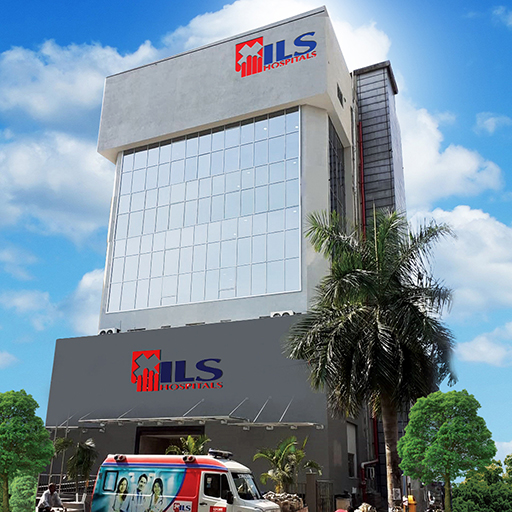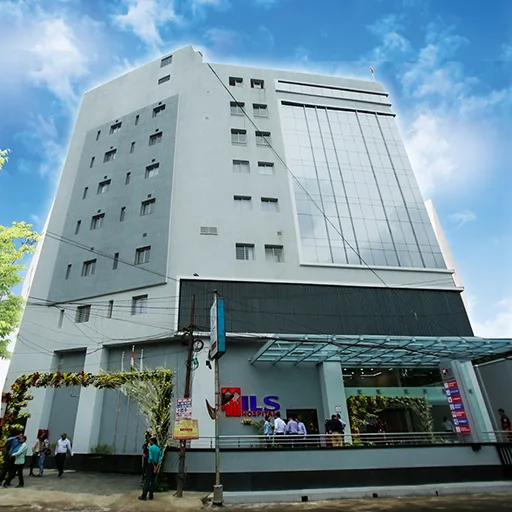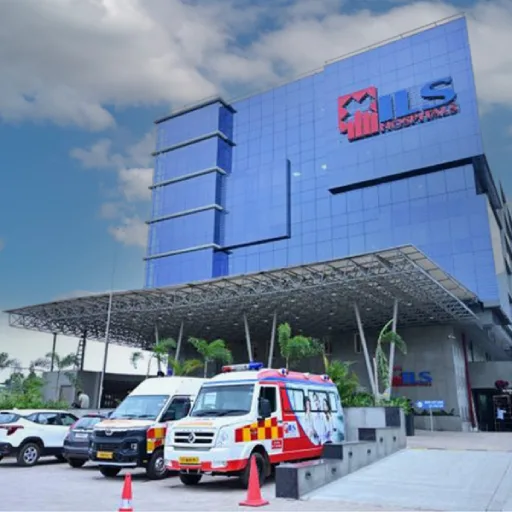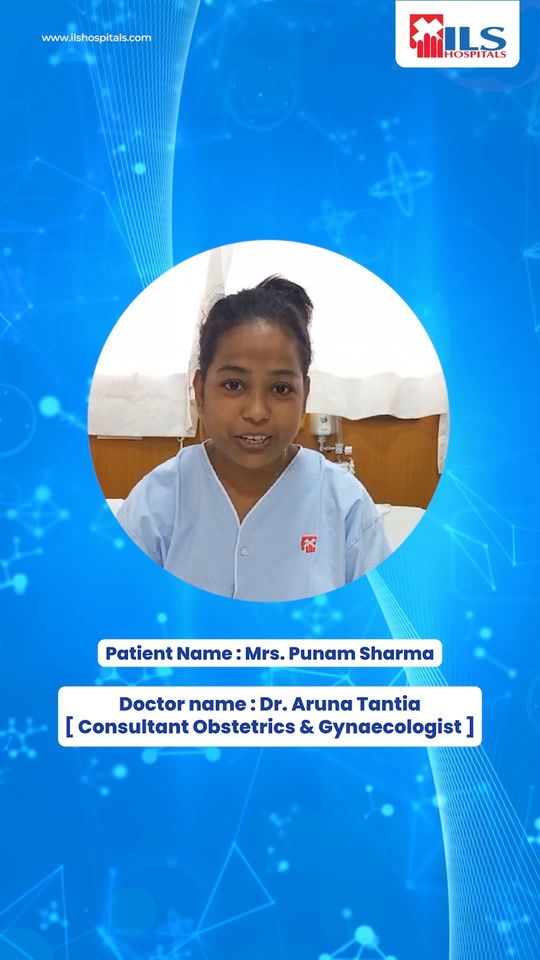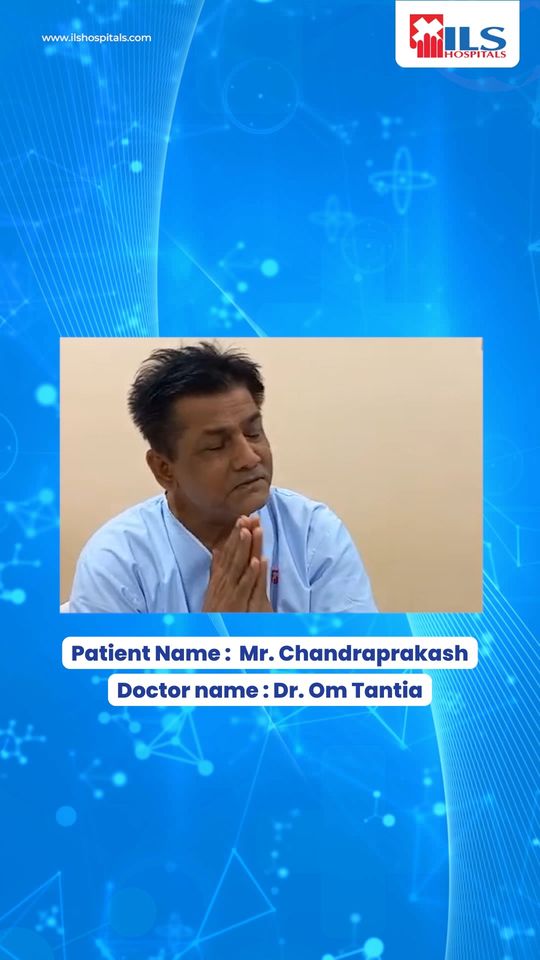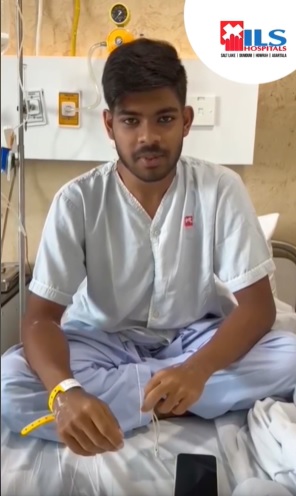Manometry at ILS Hospitals is a diagnostic procedure used to measure pressure within certain parts of the body, typically in tubular organs. It includes organs such as the oesophagus, anorectal region, or bile ducts. Manometry diagnosis evaluates muscle function and coordination in these areas. It particularly works in the area where movement is needed to push substances through, like food through the oesophagus and stool through the rectum. Manometry helps in the diagnosis of problems that aren’t clearly visible with imaging like X-ray and endoscopy. There are 4 types of Manometry:
Oesophageal Manometry
- Oesophageal Manometry is done to measure how well the oesophagus moves food towards the stomach.
- If a patient is experiencing chest pain that is not related to heart or reflux symptoms, this procedure is recommended.
- Oesophageal Manometry is also recommended before procedures like anti-reflux surgery to ensure oesophageal muscles are functioning properly.
Anorectal Manometry
- Anorectal Manometry is done to evaluate the strength and coordination of the rectum and anal muscles.
- It is recommended in cases of chronic constipation, fecal incontinence, or difficulty with bowel movements.
- Procedure helps in identifying conditions like Dyssynergia, in which muscles don’t relax properly during defecation.
During the procedure, a thin, flexible tube with a pressure sensor is inserted into the target organ. For oesophageal manometry, this tube is inserted through the nose of the patient. The patient may feel slight discomfort, but it is a painless procedure altogether.
After the tube is inserted, the patient is asked to swallow or squeeze so that the pressure sensor can record the amount of force that is exerted by the muscle. The sensor also records the change in pressure and provides an entire map of muscle activity. Making it easier for the doctors to correctly identify the problem and work on an optimal solution for the patient.
There is no sharp pain that is experienced by the patient, but if the patient is sensitive, then a slight discomfort can be experienced. It usually occurs in children with a string gag reflex. The procedure has little to no risk, and most of the patients can return to their day-to-day life right after it. In some rare cases, patients can experience slight irritation in the nasal passage, a slight cough, and gagging watery eyes.
In some extreme conditions, patients can experience nose bleeding, aspiration (a very rare case), slight bleeding from the rectum, anxiety, and embarrassment.
To minimise the risk, patients are advised to let their doctor know about their medical history, such as bleeding disorders, heart conditions, and previous nasal and rectal surgery.



